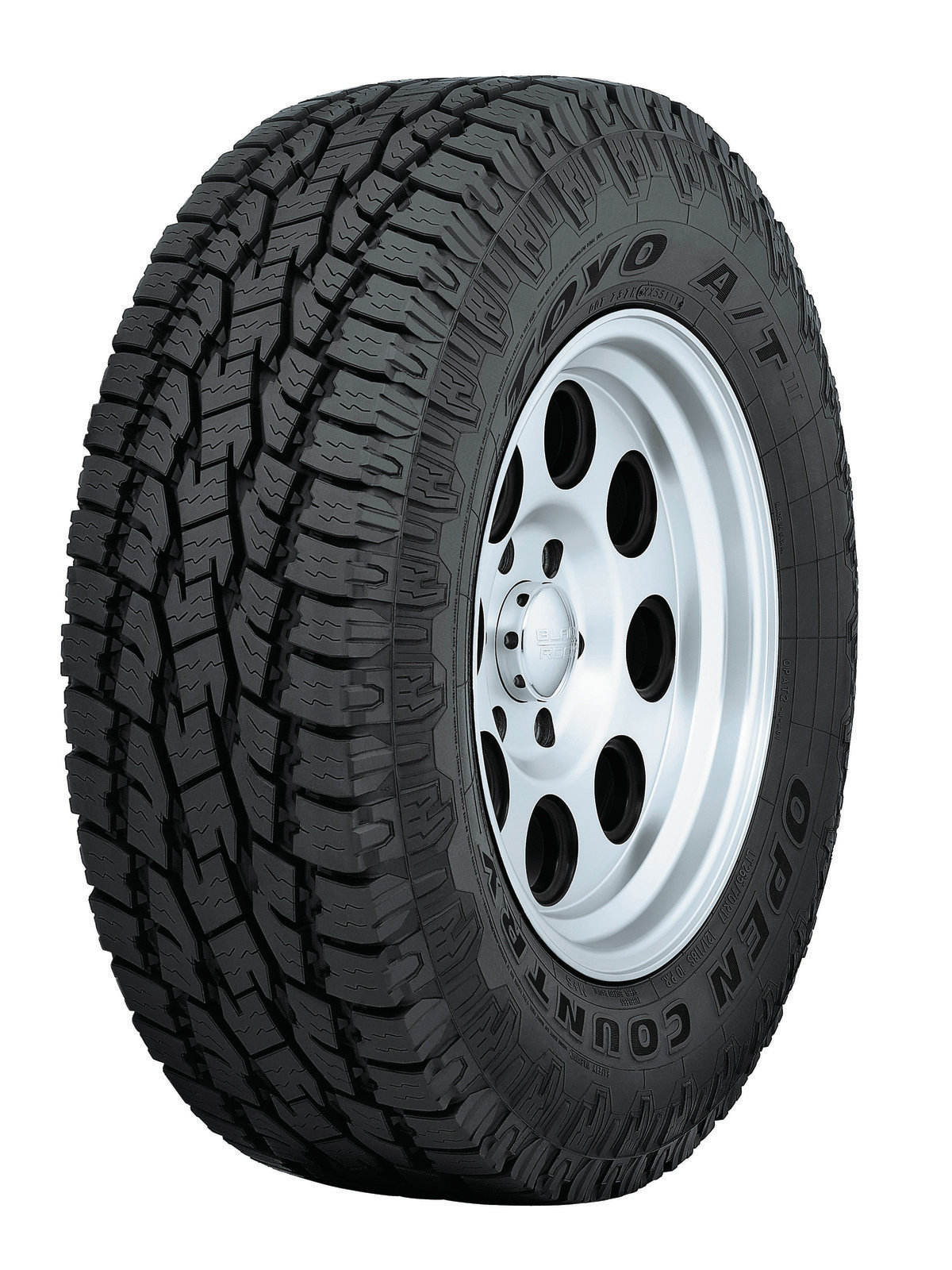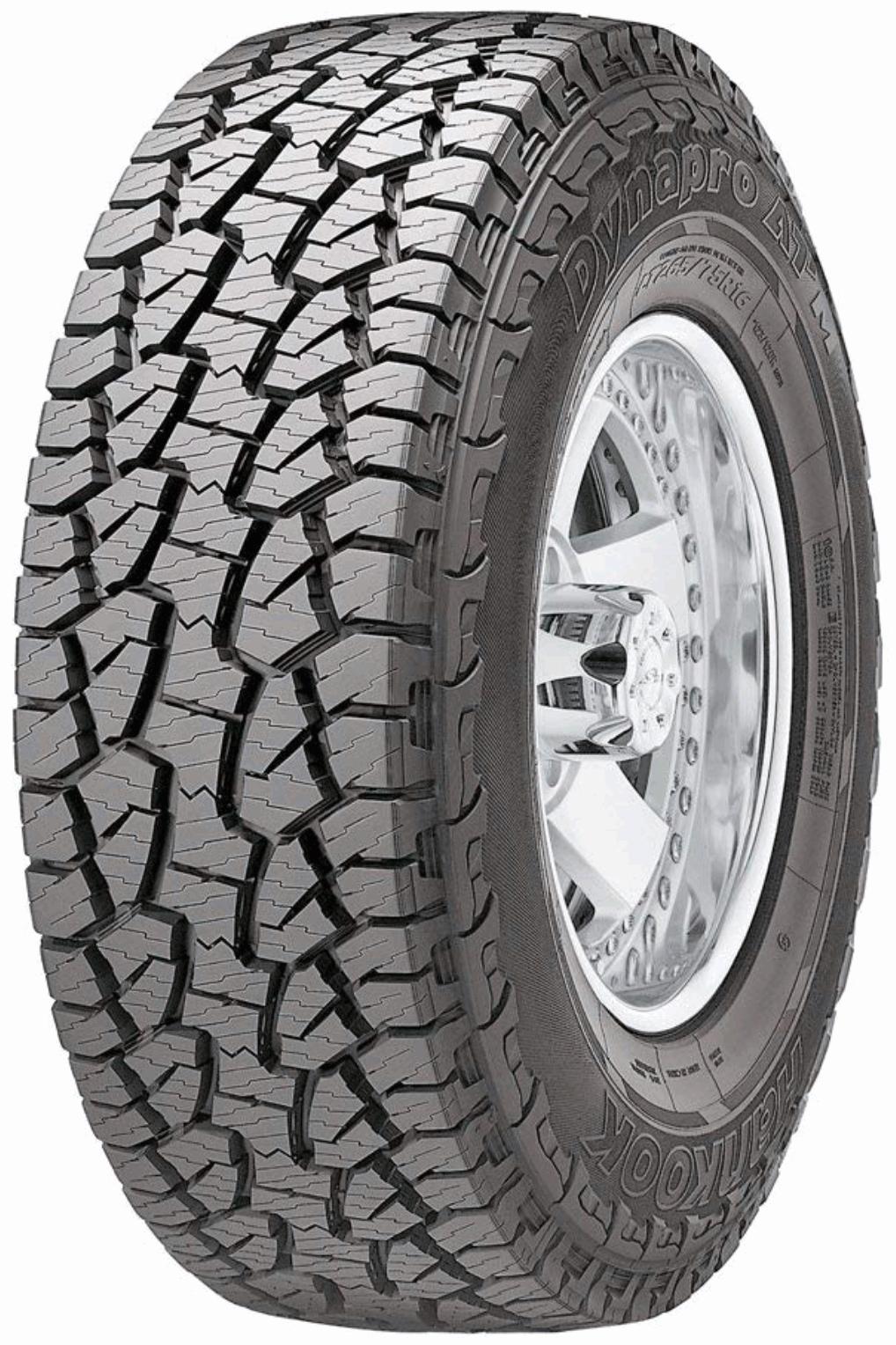A Tundra is a half ton and most likely Toyota supplied it from the
factory with 'P' class (passenger car) tires, which RMA (Rubber
Manufacture Association) recommends de-rating a min of 9%. OEM's have
already done that with their factory equipment
By going to a higher class tire and on top of that, a higher load rating...you
need to make sure the wheels are likewise rated for the higher ratings
All wheels sold for public roads in the USA has a DOT requirement to
have the wheel spec stamped, screened, etc on it somewhere
If you can't find it anywhere on the outside, then it is hidden inside
the tire cavity
Note that LT tires require more PSI for the same load carry capacity
of a 'P' class tire. Just in the way they are designed. This 'might'
create a too light of steering handling and is that the tire has
ballooned because not enough weight is on it to flat spot more of the
tread onto the pavement
Stiffer and stronger sidewalls (everything) will normally lessen the
slip angle and that in addition to the above PSI issue might have
it even more squirrely, but sounds like the OP has or will have enough
weight to get the fill tread onto the pavement
Most 'P' class wheels has a max PSI of 50 to 60 and an E class tire
lists an 80PSI required for max carry capacity. Typical failure mode
with too much PSI on a wheel will have a crack develop radially
on the rim. Many times not visible but will leak
I only have LT tires on any of my trucks, including family members pickups/SUVs
Here is a link on this topic and germain to the discussion
New LT tires on ExpeditionBenK wrote:
It is NOT just weight carry rating, but the rest of a tire/wheel.
Design, manufacturing, materials, etc. There are major similarities
and differences between 'P' class and 'LT' class tires, wheels and
even valve stems.
Here is a picture of the alloy wheels on my 1980 Silverado C10.
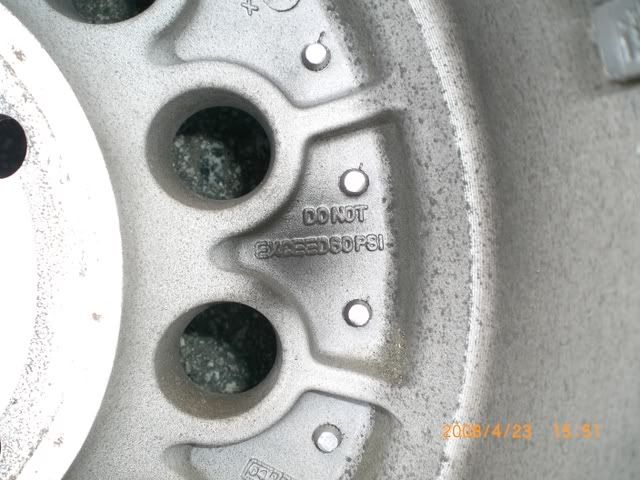
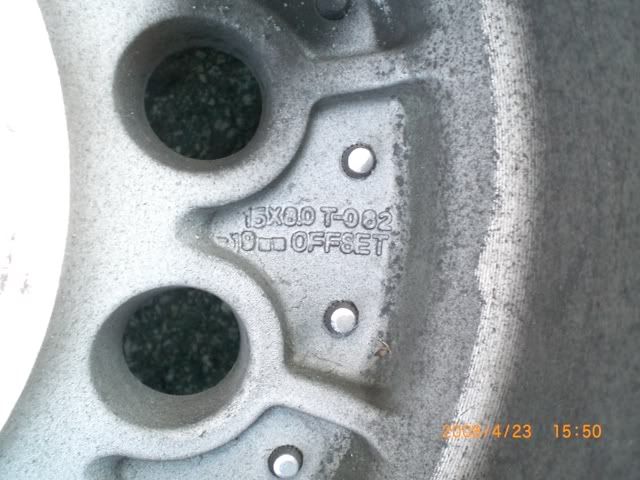
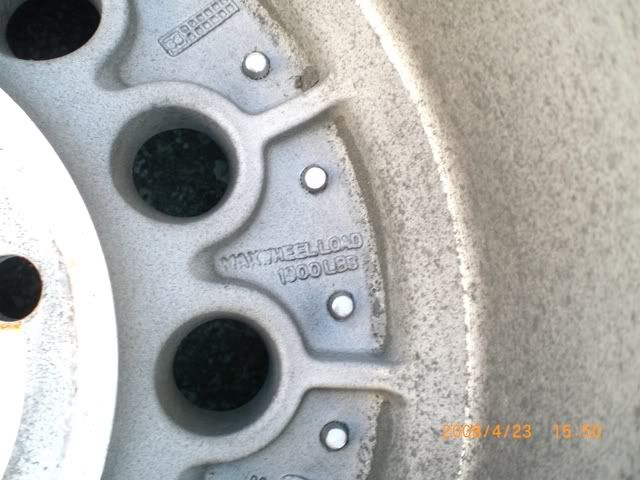
The wheel ratings are mandated by DOT to be on all wheels sold for
road use (not off road). Too many has the info on the rim covered by
the tire and have to remove the tire to see it
While working my way through college...I've personally eyeballed and
replaced a steel wheel that had LT tires and the PSI was over the
wheel rating. The rim cracked for about 4 inches and rusty. Telling
that it was cracking for a while till it finally cracked clean
through at that spot.
The posts only touch on tire technology and if you wish to really learn
get some books and read up.
This link is to one of the best tire/wheel/suspension info sites I've
found to date
http://www.4crawler.com/Diesel/Tires.shtml
'P' class (aka...passenger car tire) is what is found on most 7.2K GVWR
pickups (aka...half ton), SUVs, CUVs and CARS
.
'LT' class (aka...light truck tire) is what is found on most +8.6K GVWR
pickups, SUVs and CUVs.
If you take the exact same brand, model and size tire of 'P' class
and 'LT' class and weigh them. The 'LT' class tire will weigh more
and will also cost more.
They both may have the same/similar weight carry rating, but as noted
before, 'P' class tires used on trucks must have their sidewall rating
reduced by a min of 9%
Over at my Suburban forum a guy in Finland had his wife take their
8.6K GVWR Suburban in for new tires. The dealer put on 'P' class.
After we explained that over there, they actually have better enforcement
of the equipment and component laws (same over here, but we don't
enforce).
That dealer took them back and mounted 'LT' class tires at no additional
cost.
Dealer was facing: suspension or revoke of his license, fines and even
jail time. The driver was facing impound of the vehicle spot on and
not allowed to proceed on public roads...even if the LEO stop was for
something other than tires.



